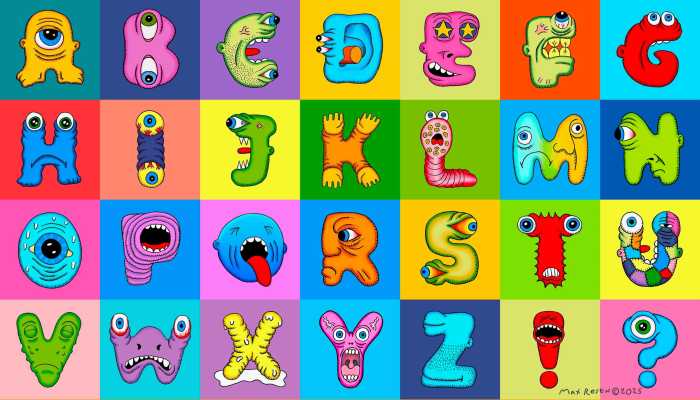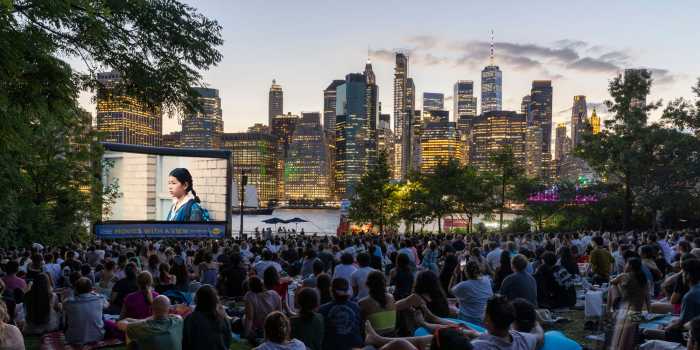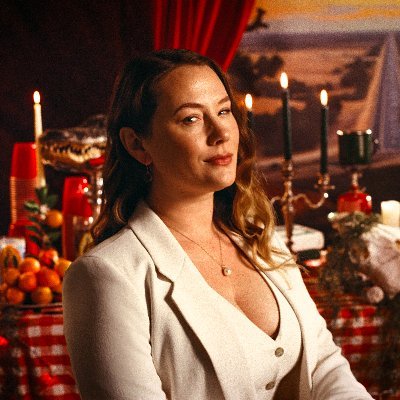Our tour of the Chardonnay vineyards of Burgundy now brings us to the Côte de Beaune, a geologically mixed strip of land that is one of the most elaborately classified and historically documented parcels of real estate on earth. In the center is the medieval, walled town of Beaune, with its colorful, Flemish–inspired tile roofs, is the center of the Burgundian wine trade and the heart of the Côte d’Or. After passing through the virtually vine-free strip south of Nuits-St-Georges, the first village to make notable white wine is Santenay, whose whites make up about 5% of the total wine output. Aloxe-Corton is the first important commune we encounter, home to the Grand Cru white, Corton-Charlemagne, which is held by many connoisseurs to be the finest dry white wine in the world. A small amount of both the village-level and the Premier Cru Corton-Charlemagne is white. Lying between Aloxe-Corton and Savigny-les-Beaune is the small commune of Pernand-Vergelesses. While only one quarter of the wines made here are white, they are of much better quality than the reds, with bright acidity and generous fruit flavor. These whites, from a good house, can be among the best values in white Burgundy. No Grand Crus are located here, but there are five white Premiers Crus, of which En Caradeux is my favorite. Savigny-les-Beaune is the next commune, moving southward, and is another village which produces very little white wine. While Chardonnay is allowed by the Appellation laws to be planted in every vineyard here, village as well as Premier Cru, the growers here plant mostly Pinot Noir. We can pass over Chorey-lès-Beaune, since very little white comes from there, and that which does is easily forgotten. Beaune whites make up only 4% to 5%, and a few of them are outstanding, such as Drouhin’s Clos des Mouches.
After the red-wines-only villages of Pommard and Volnay, we begin to approach the “holy ground” for Chardonnay, beginning with Meursault. Meursaults are known for their fleshy richness, their sophistication and their complexity. Meursault is soft, subtle and quiet. It is a wine that makes you sit back after the first sip, contemplating the array of flavors and sensations that it brings to your palate. Descriptions of hazelnuts, butter, almonds and Middle Eastern spices are the norm. Meursaults age very well and, in most years, don’t reach their best until they have been cellared for at least five years. While many of California’s Chardonnays are brassy and attention demanding, like a loud Hawaiian print shirt, Meursault is a beautifully tailored, classic Cashmere jacket. The most respected Premiers Crus in Meursault are Les Perrieres, Les Charmes, Genevrieres and Les Gouttes d’Or. Many believe that the Les Perrieres vineyard deserves elevation to Grand Cru status. Puligny and Chassagne both took on the name of the Grand Cru vineyard which straddles the line that separates them: le Montrachet. Le Montrachet is heralded as the greatest of all white wines. It has more aroma, more deep, golden hue, more richness, more depth and complexity, more flavor and a longer lasting finish than any other white wine from Burgundy. The name means “bald mountain” and the vineyard, sited on the east slope of Mont Rachet, has perfect exposure for growing Chardonnay. Its neighbors, the Grands Crus Chevalier Montrachet, Bâtard Montrachet, and Bienvenues Bâtard Montrachet, are all great wines, often coming very close to le Montrachet in excellent years. All of these wines are wildly expensive because there is only so much made in a year and the demand is far greater than the supply. Puligny-Montrachet is the most respected white wine commune in the Côte d’Or, and more than 90% of the wines here are whites. Wines labeled, simply Puligny-Montrachet are leaner than those from Meursault, and are often describes as “more masculine”. They are firmer in structure, tighter on the palate, and have more mineral notes and complexity. Even these wines will benefit from a few years of ageing. All Premier Cru Puligny-Montrachet is white, and all are clean in style and elegant. It is recommended that you hold them for at least four years before drinking them, to allow their famous complex notes to develop. Chassagne-Montrachet is home to the Grand Cru Les Criots Montrachet, a neighbor of Le Montrachet which is does not share with Puligny. Most of the wine made here is red, and the whites are often described as being richer than those of Puligny, but having less finesse and elegance. Many Premier Cru vineyards in Chassagne are planted with both Chardonnay and Pinot Noir, which is not the norm in Burgundy, where the chalkier soil is given to white grapes and the iron-rich clay planted with red. My favorites of the First Growths are the hard-to-find La Romanée (not to be confused with the Grand Cru red of the same name), Les Caillerets and Morgeot. All of these are intensely flavored and show remarkable depth and finish. Village level whites are, to my palate, well structured and “correct”, but lack the style and flair of the Puligny-Montrachets of the same quality and price level.
























